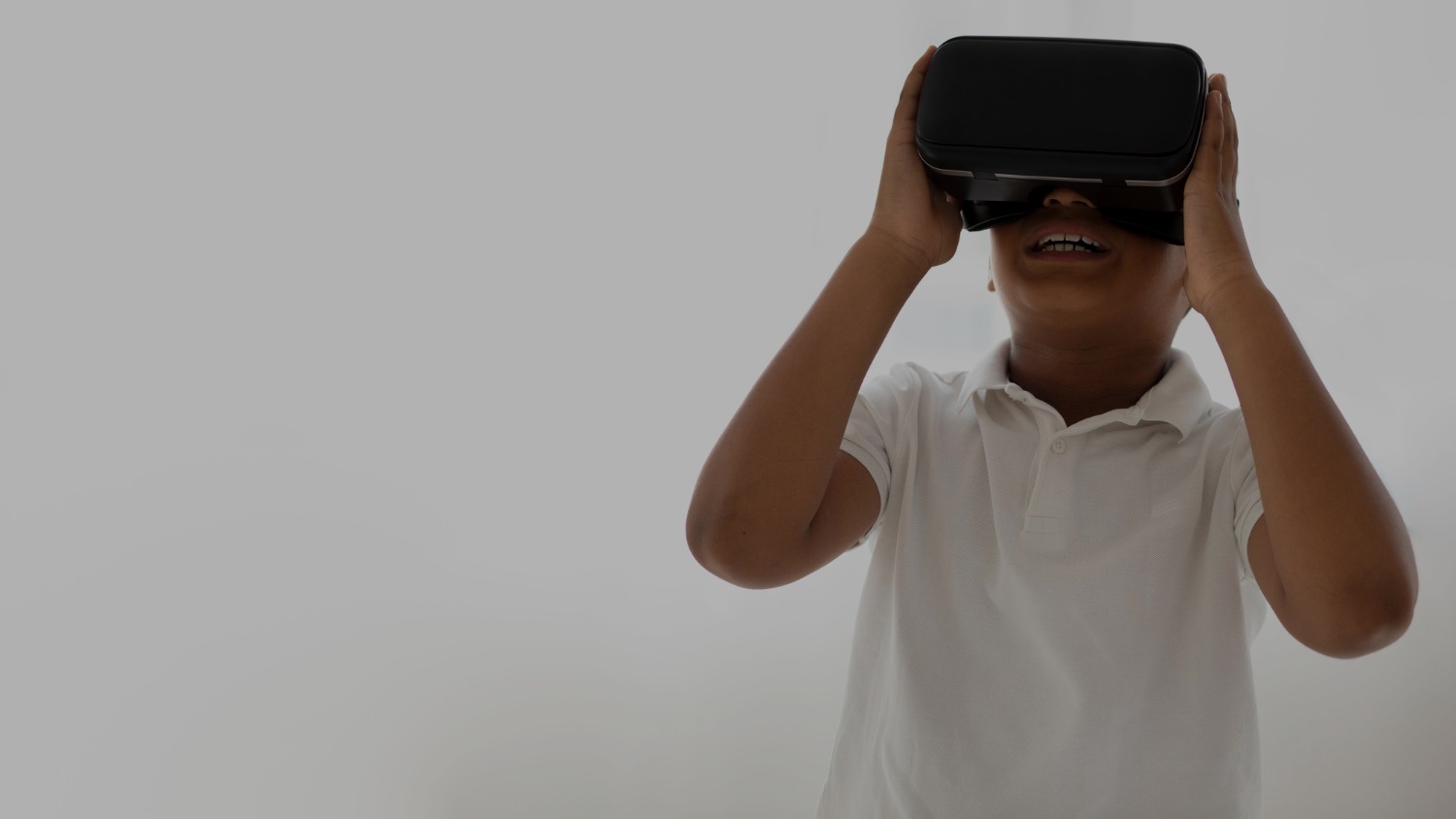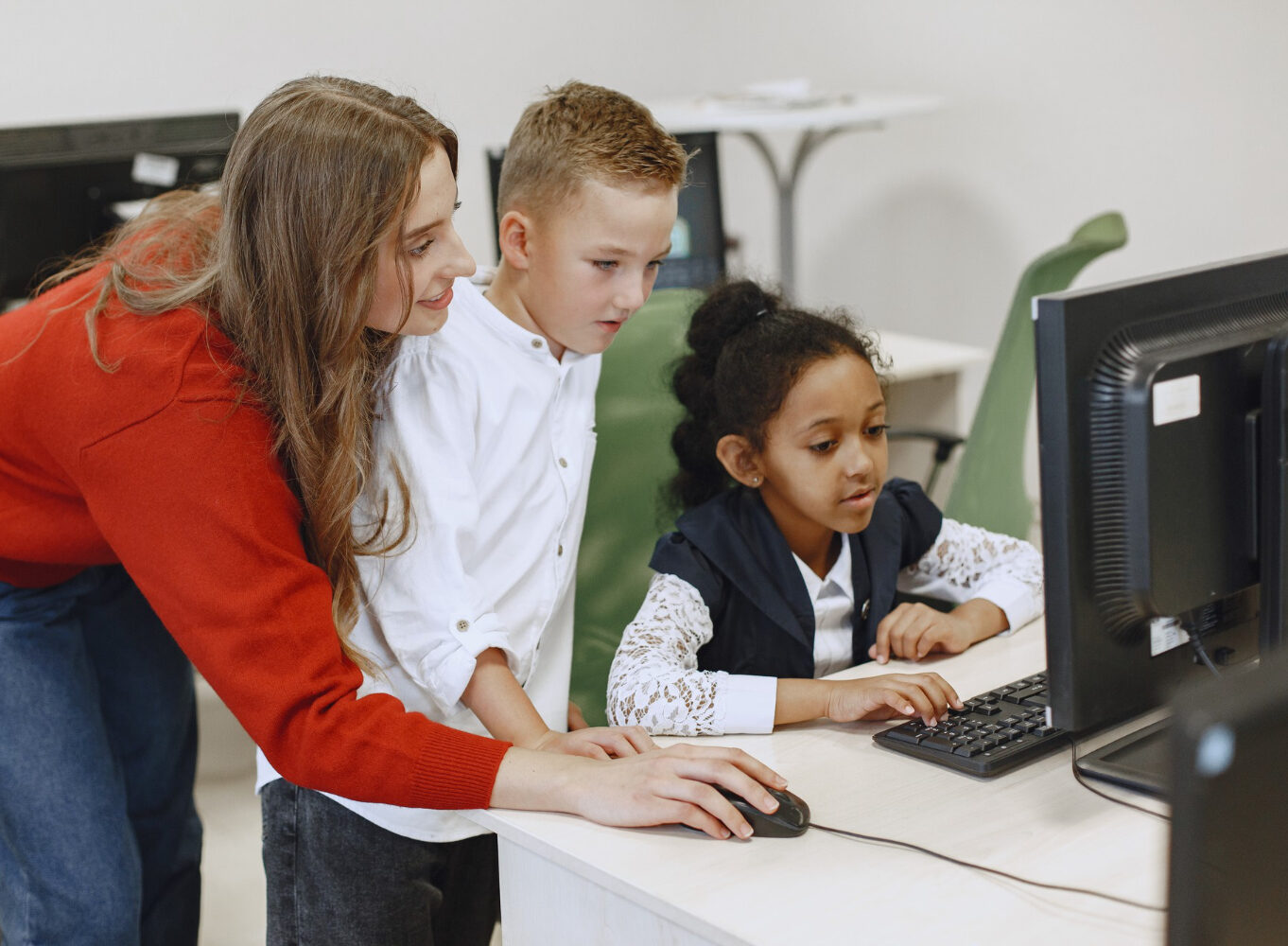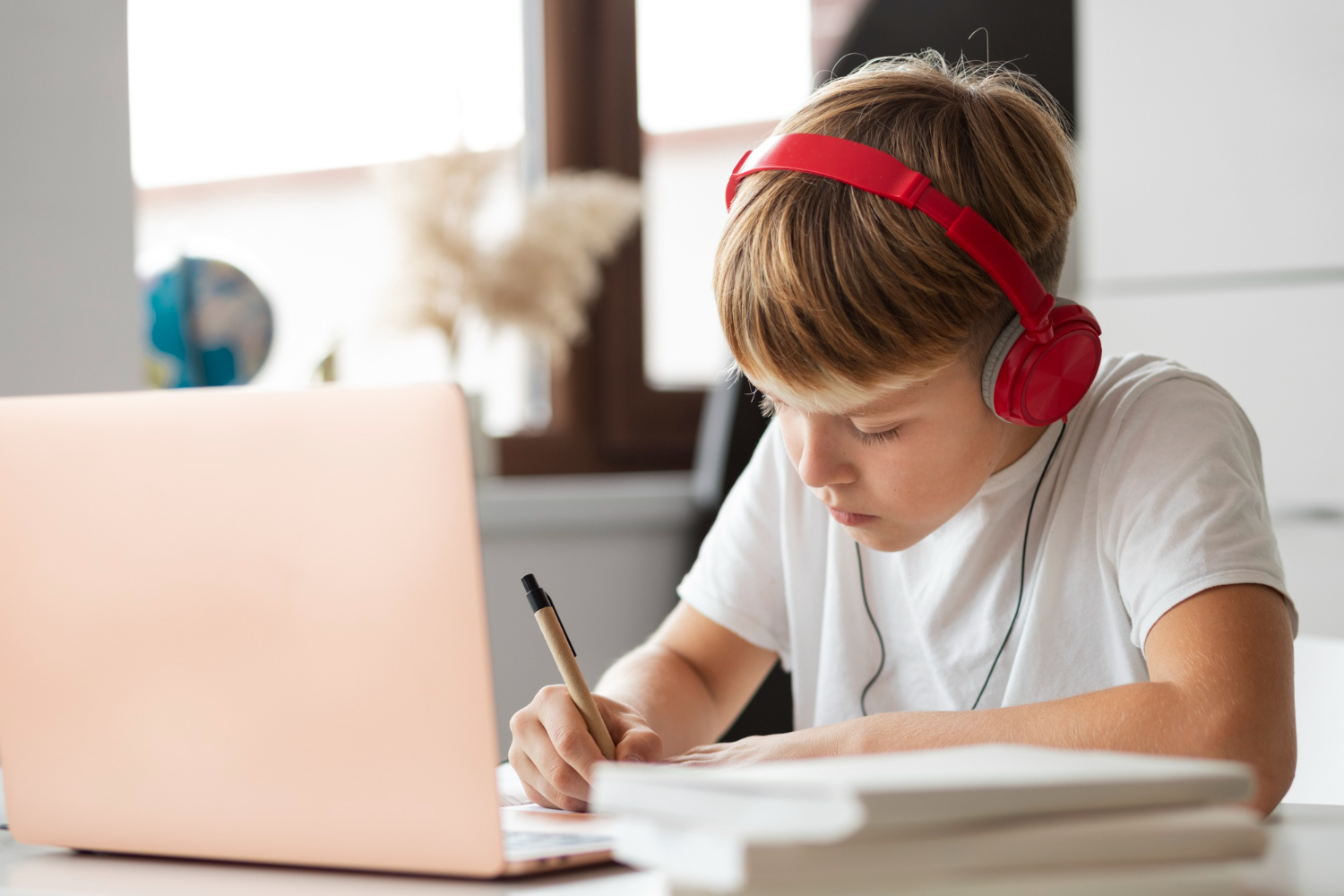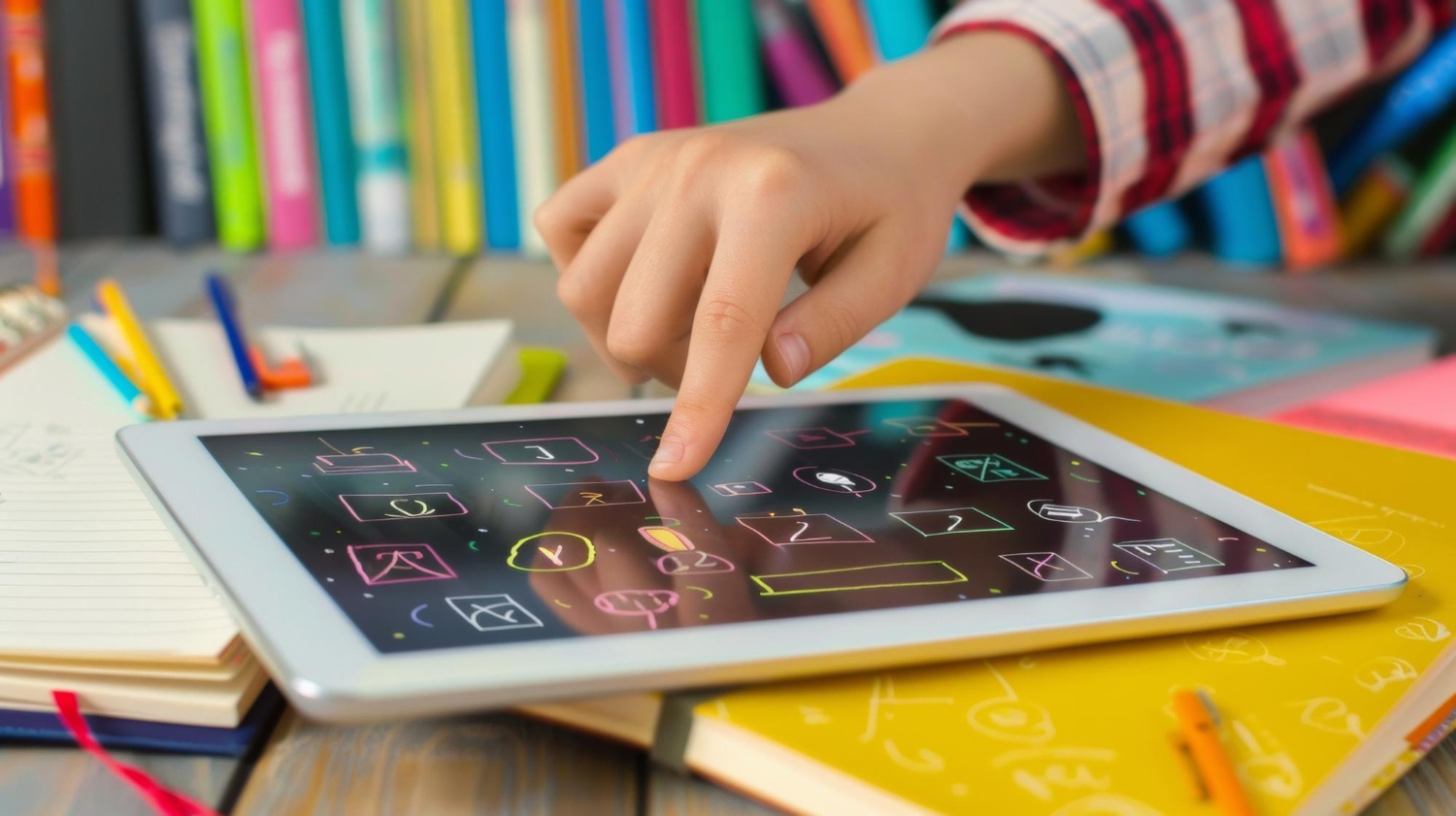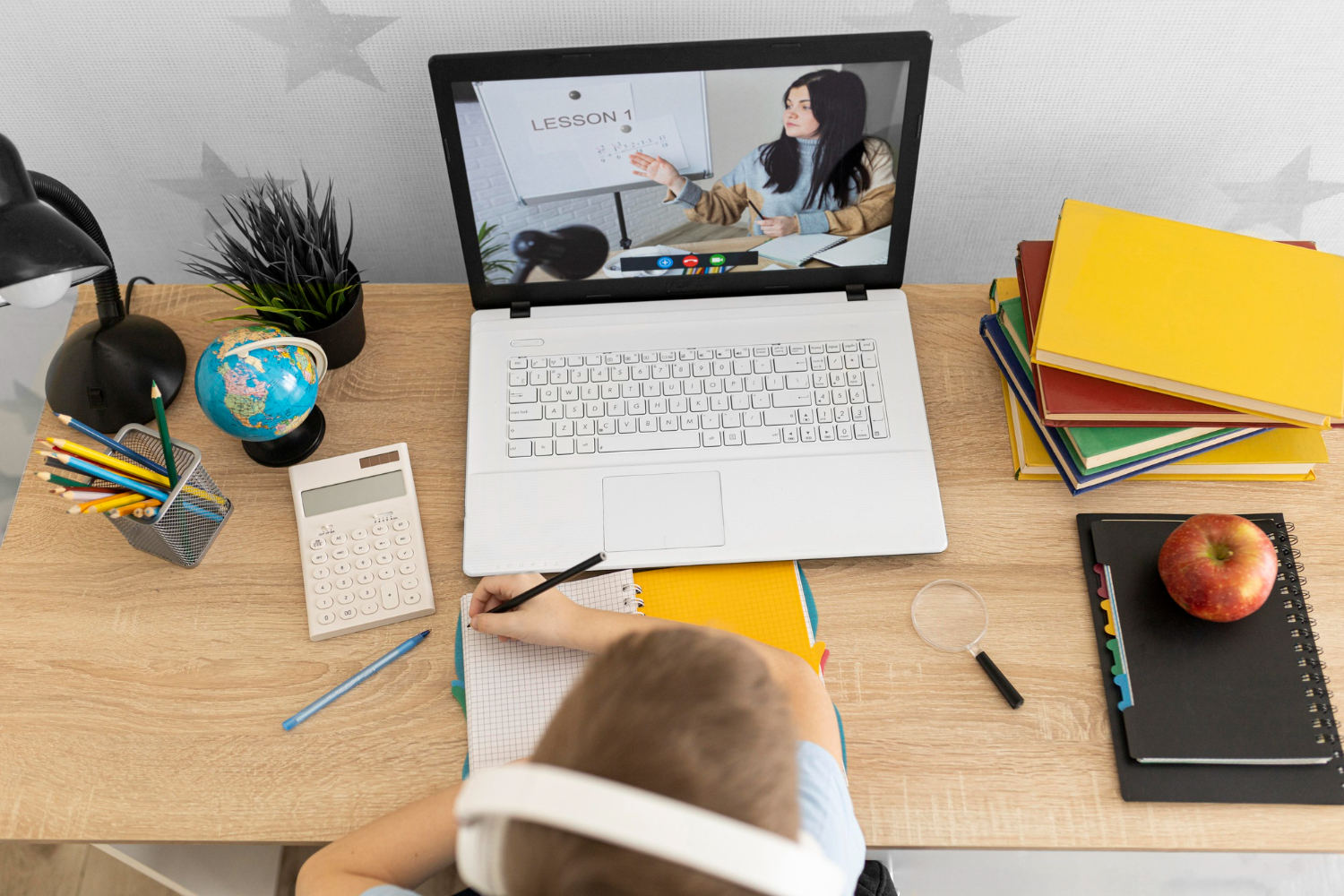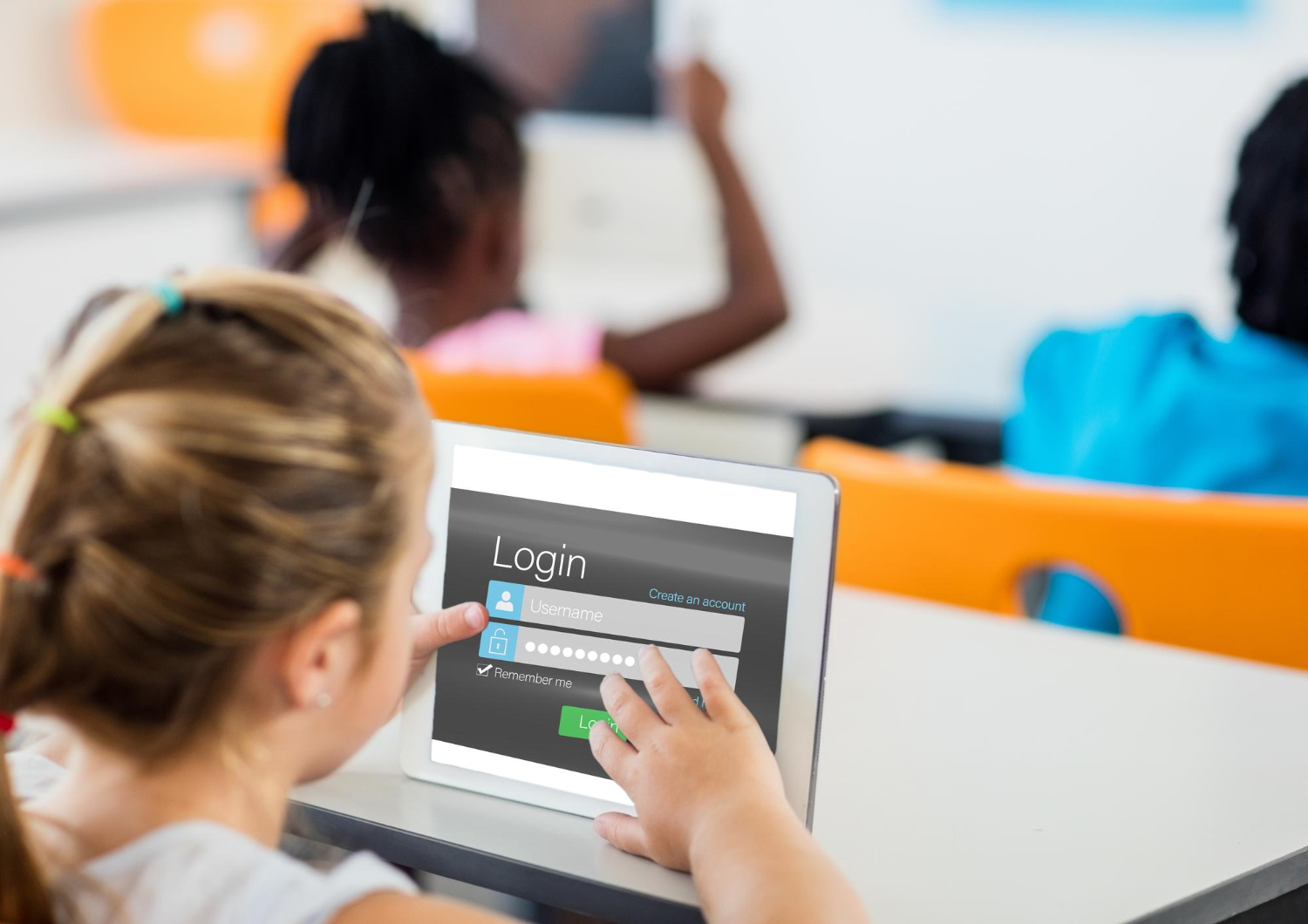In today’s digital age, engaging students in the classroom can be a challenge. With distractions constantly at their fingertips, teachers must find innovative ways to captivate their students’ attention and create meaningful learning experiences.
Fortunately, technology offers a range of tools and methods to enhance teaching and engage students in ways previously unimaginable. As technology continues to advance, it’s important for teachers to use new technological tools at school.
In this article, we’ll explore 5 effective teaching methods that harness the power of technology to create a dynamic and interactive learning environment, ensuring students remain focused, motivated, and eager to participate in the classroom.

